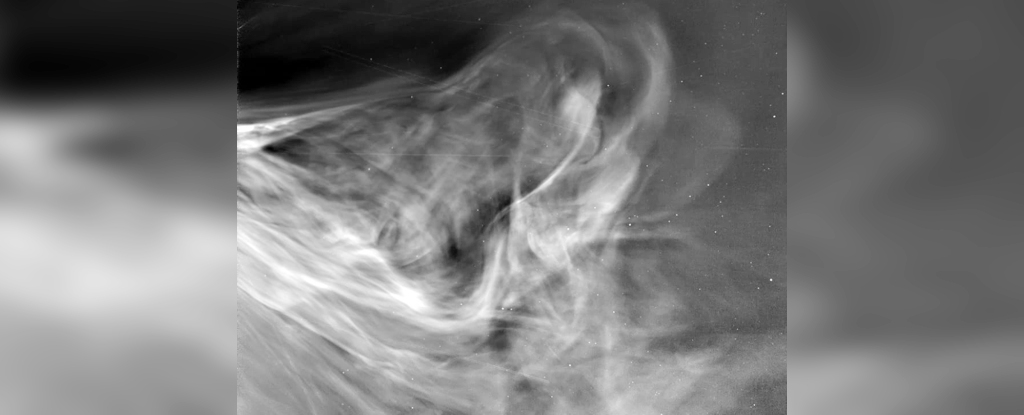NASA has unveiled the closest images ever captured of the Sun, thanks to its Parker Solar Probe (PSP), which has been on a mission to explore the solar atmosphere since its launch in 2018. The spacecraft recently set a record by flying within 6.1 million kilometers (approximately 3.8 million miles) of the solar surface on December 24, 2024. This remarkable feat allows scientists to study the Sun’s coronal plasma and magnetic fields in unprecedented detail.
The Parker Solar Probe is designed to “touch the Sun,” enabling it to gather crucial data about solar phenomena. As the fastest-moving spacecraft ever built, it reached speeds of 692,000 kilometers per hour (about 430,000 miles per hour) during its recent flyby, spending only a brief time in such close proximity to the Sun. Its primary instrument, the Wide-field Imager for Solar Probe (WISPR), employs radiation-hardened cameras to capture images of the solar corona and solar wind, revealing phenomena that have never been observed before.
Insights into Solar Activity and Space Weather
The data obtained from the Parker Solar Probe is vital for understanding space weather and its potential impact on Earth. Nicky Fox, associate administrator of the Science Mission Directorate at NASA Headquarters, stated, “Parker Solar Probe has once again transported us into the dynamic atmosphere of our closest star. We are witnessing where space weather threats to Earth begin, with our eyes, not just with models.” This new information aims to enhance space weather predictions, ensuring the safety of astronauts and the protection of technology both on Earth and throughout the solar system.
Solar wind and coronal mass ejections (CMEs) are significant forces that can affect satellite systems and power grids on Earth. The solar wind is a continuous stream of charged particles emitted by the Sun, responsible for phenomena such as auroras. Conversely, CMEs are episodic bursts of plasma that can also reach Earth, potentially causing geomagnetic storms. Understanding both the solar wind and CMEs is increasingly important as humanity expands its presence in space, particularly with the growing number of satellites in low-Earth orbit.
Revolutionizing Our Understanding of the Sun
The Parker Solar Probe is named after acclaimed heliophysicist Eugene Parker, who first proposed the existence of the solar wind in 1958. His theories, initially met with skepticism, have significantly shaped contemporary solar research. While several missions have aimed to study the Sun, none have approached it as closely as the PSP, which utilizes cutting-edge technology to gather data and images.
Among its findings, the Parker Solar Probe has revealed new insights into solar phenomena known as “switchbacks.” These are zig-zag patterns in the Sun’s magnetic fields, which the probe identified as being more prevalent than previously thought. Understanding these switchbacks is crucial, as they are linked to the fast solar wind, a key component of solar activity. Nour Rawafi, project scientist for the Parker Solar Probe at the Johns Hopkins Applied Physics Laboratory, noted, “Understanding this continuous flow of particles, particularly the slow solar wind, is a major challenge.”
As the Parker Solar Probe continues its mission, it is expected to gather more significant data during its next perihelion in September 2025. With each flyby, scientists hope to further illuminate the complexities of the solar wind and its interactions with the solar system, moving closer to answering fundamental questions about solar dynamics and their implications for life on Earth.



























































